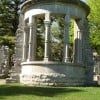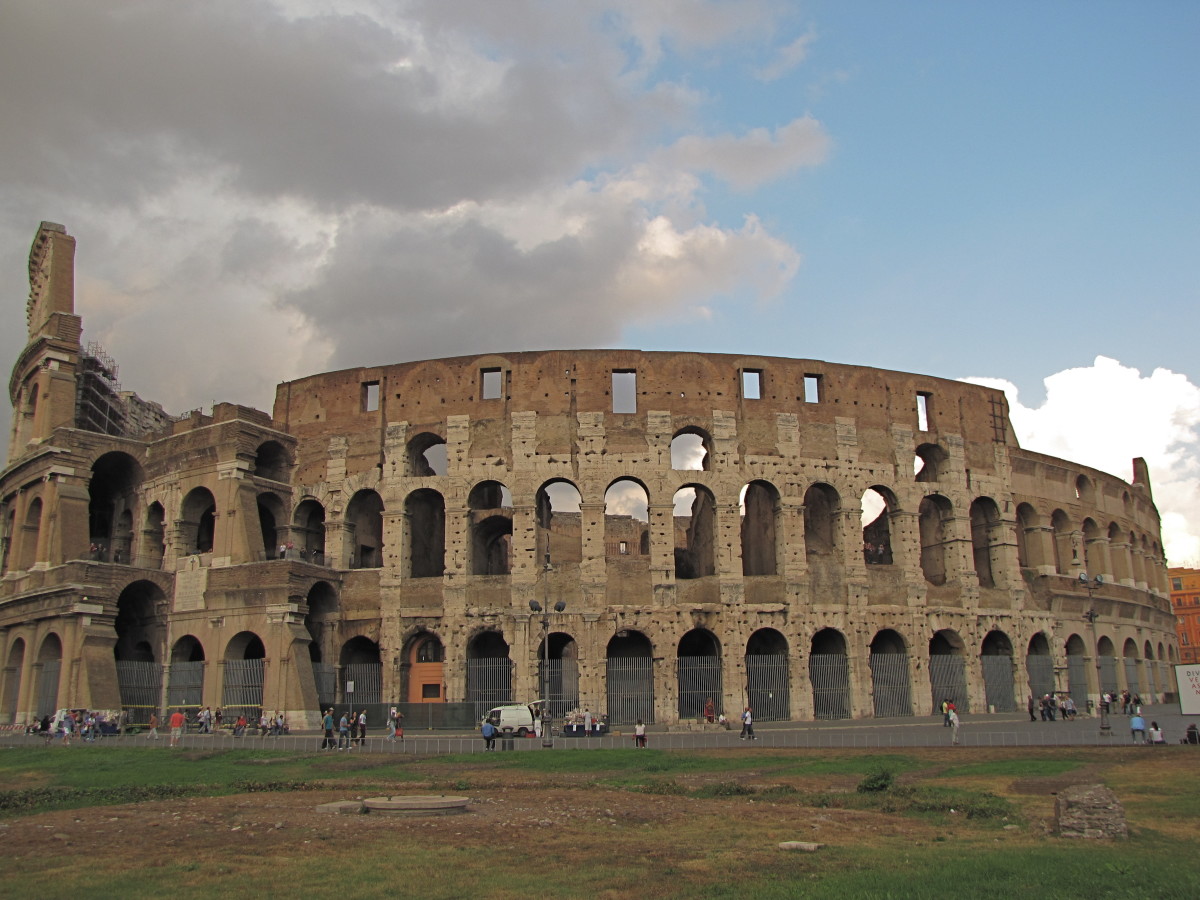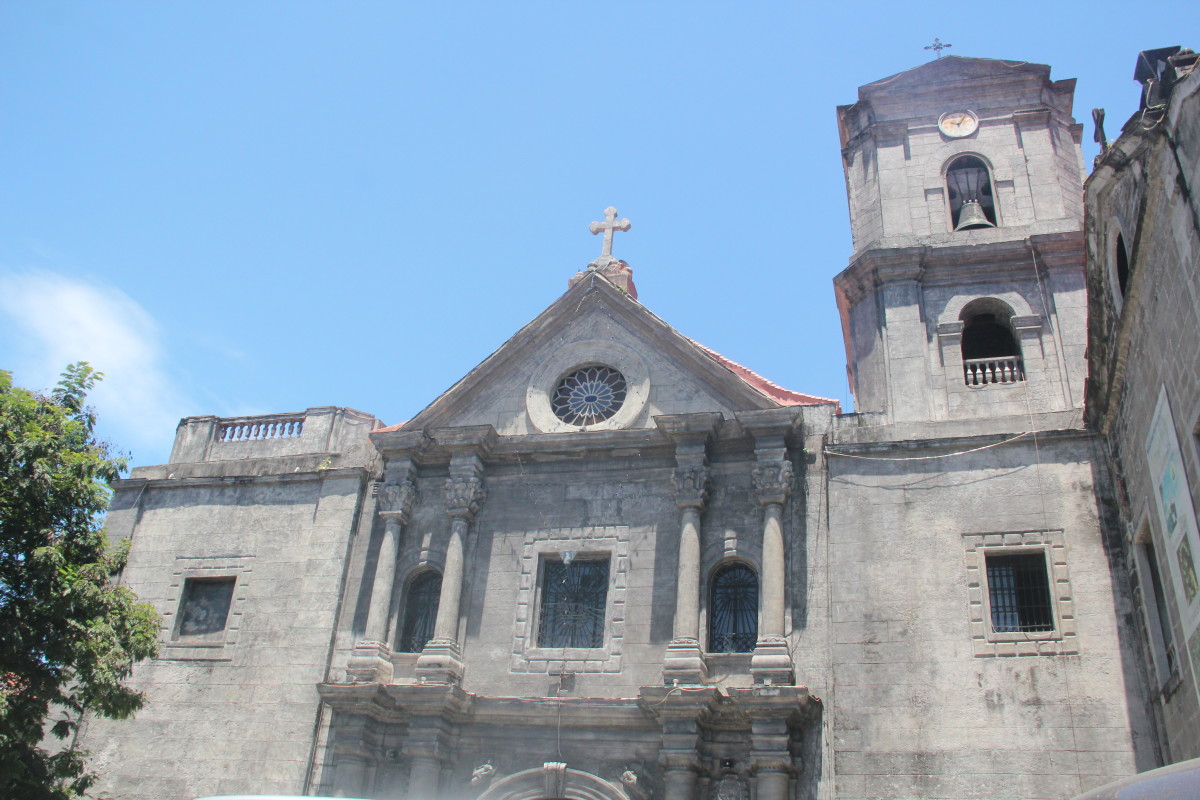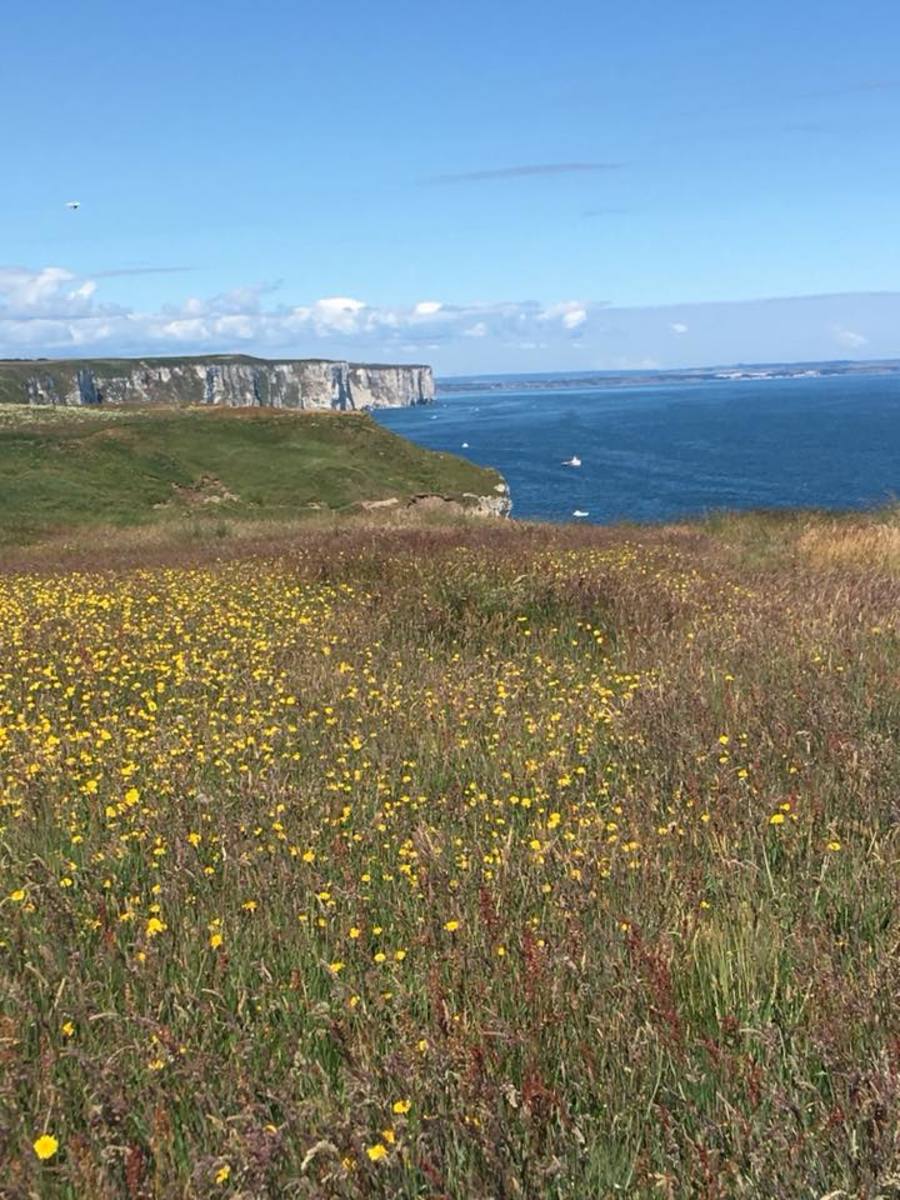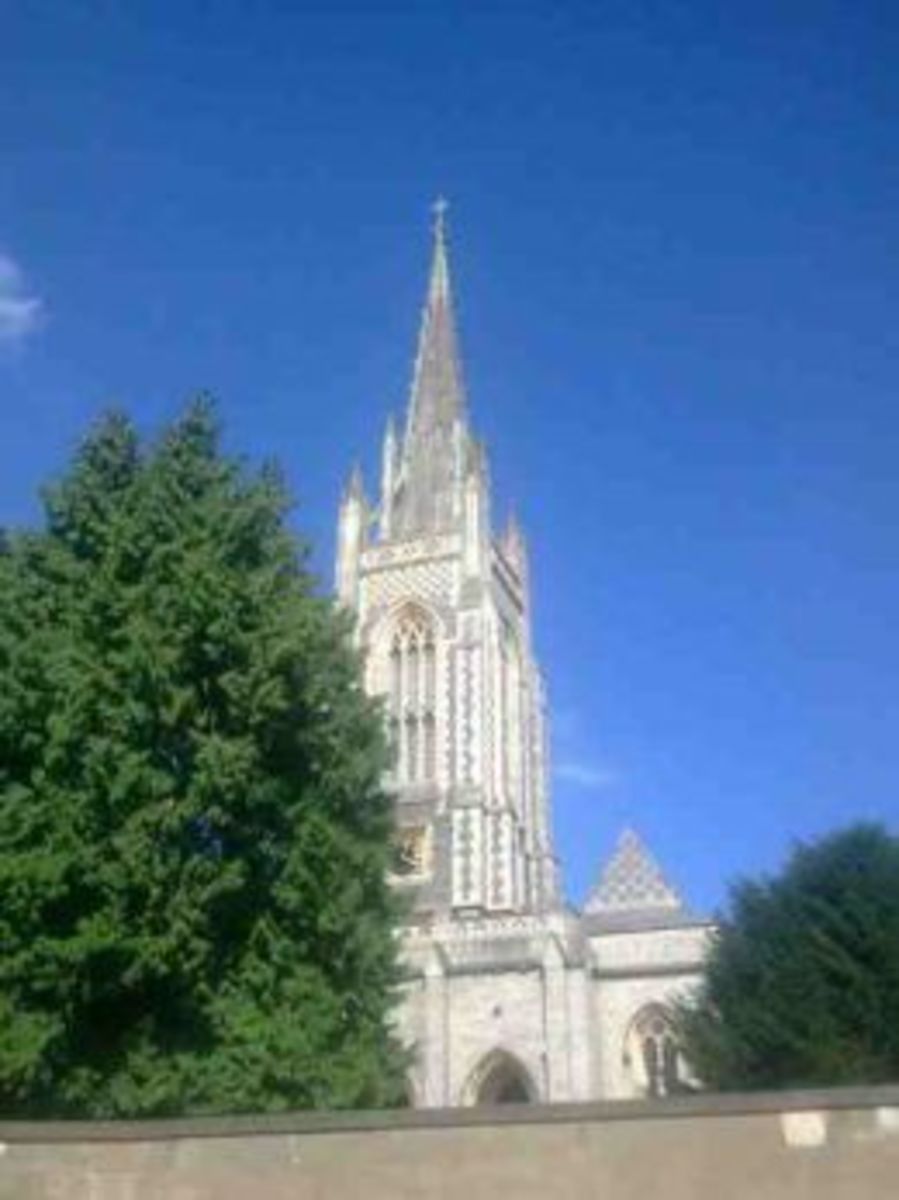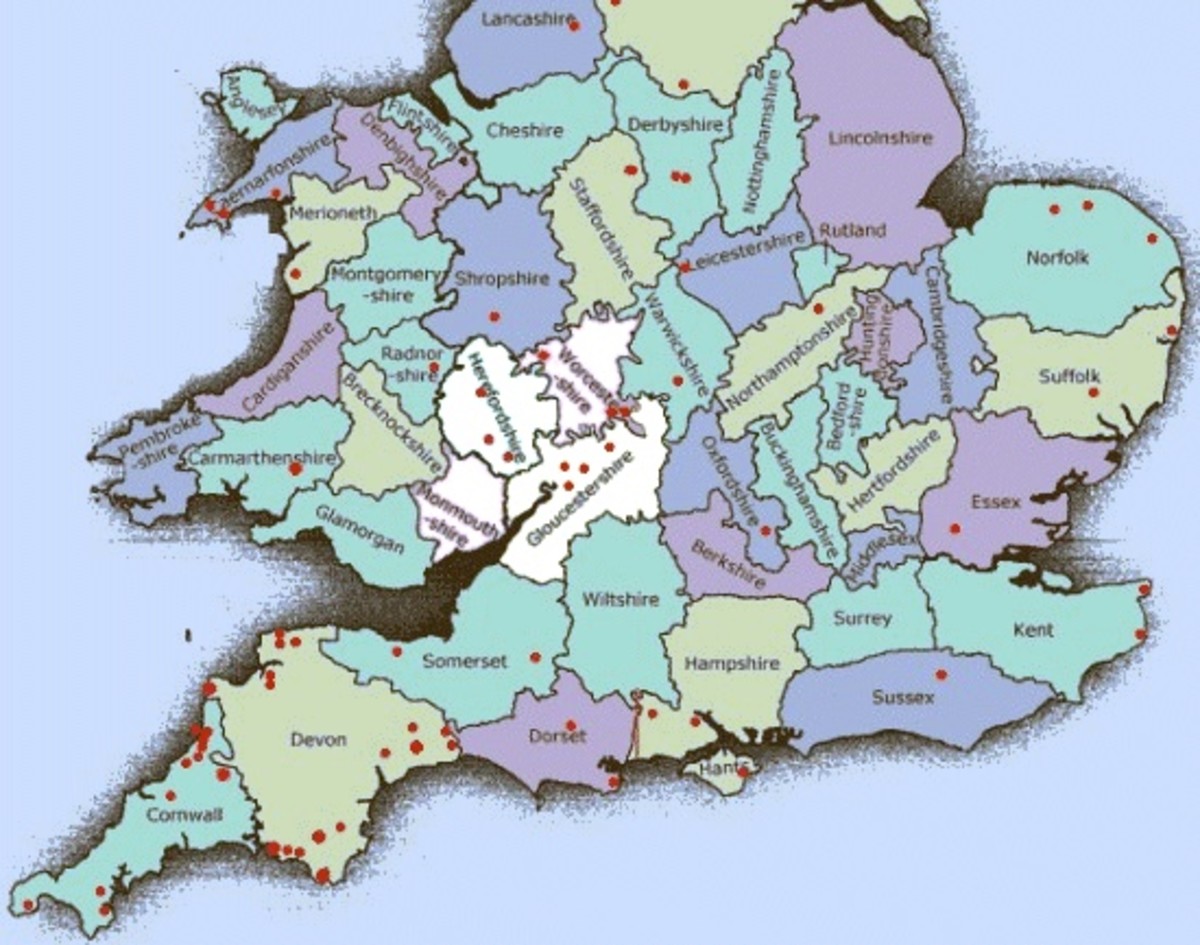- HubPages»
- Travel and Places»
- Visiting Europe»
- United Kingdom»
- England
Visiting an Octagonal Church Building in Dover, England: Dating from 1820

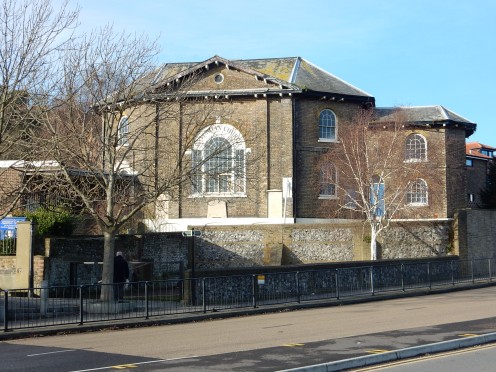
A prominent, octagonal building
[NB: Among the many notable buildings which are the subject of the hubpages, these may include religious buildings, described as churches, etc.; these descriptions centre on the buildings' architectural and historical interest.]
A church building which stood on the present site of the current structure at the beginning of the 19th century was identified with Baptist beliefs (1). This had its origins locally in 1643.
The current building, a conspicuous, octagonal structure, dates from 1820, and has been knows since that date as a Unitarian Church, thus representing a very significant change in doctrine from previously.
The original, 17th century Baptist congregation included a Captain Taverner (2) of Lord Protector Oliver Cromwell's Roundhead Army. Some of the early congregation are known to have been persecuted by the authorities for their beliefs, and to have been imprisoned in Dover Castle.
The building evidences a prominent pediment. Below the pediment are four — two sets of two — tall pilasters. There are also several large, Syrian arches. Thus the structure shows a combination of Neoclassical and Romanesque influences. The building is executed principally in yellow brick.
Located at Adrian Street, Dover, Kent, the building's distinctive octagonal shape has become familiar to numerous visitors to Dover, many of whom travel by road to and from the ferry port which has linked this Kent town with Calais, in northern France. The prominence of the building is accentuated by its situation on a slight hill.
Leaving aside doctrinal issues, I was struck by how typically of well-established English Nonconformist church buildings with some centuries of history that this particular structure was evocative.
April 7, 2019
Notes
(1) See also: http://ukunitarians.org.uk/dover/history.htm
(2) See also: https://doveruk.blogspot.com/2011/11/dover-unitarian-church-listed-building.html?m=1
Also worth seeing
The English Channel port town of Dover has a number of fine sights; these include the world famous White Cliffs, and the cliff-top Castle; and a number of fine examples of ecclesiastical architecture, including the ruins of St. James's Church with a Norman arch.
Calais, France (39 kilometres by sea), a short trip from Dover — an easy day excursion — this major port city has much historic architecture, some of it Medieval; among its well known structures are the conspicuous Flemish belfry of its Town Hall and the famous statue by Rodin, the Burghers of Calais.
...
How to get there: United Airlines flies from New York Newark to London Heathrow Airport (distance to Dover, Kent: 147 kilometres), where car rental is available. There are rail and coach links from London to Dover. Scheduled flights to nearby Lydd Airport (London Ashford) operate from Le Touquet, Northern France. Please check with the airline or your travel agent for up to date information.
MJFenn is an independent travel writer based in Ontario, Canada.

Other of my hubpages may also be of interest
- Visiting the Ruined St James's Church, Dover, England: A Well-Preserved Norman Arch and an Exciting
Bombed during the World Wars, St James's Church Dover, though now a ruin, preserves some fine, Norman architectural features. - Visiting the White Cliffs of Dover, Kent, England: Iconic Chalk Backdrop to Historic Events
Silent witnesses to a famous gateway to England, the White Cliffs of Dover continue to impress the traveller to and from the European Continent, providing a strategic location to Dover Castle.
